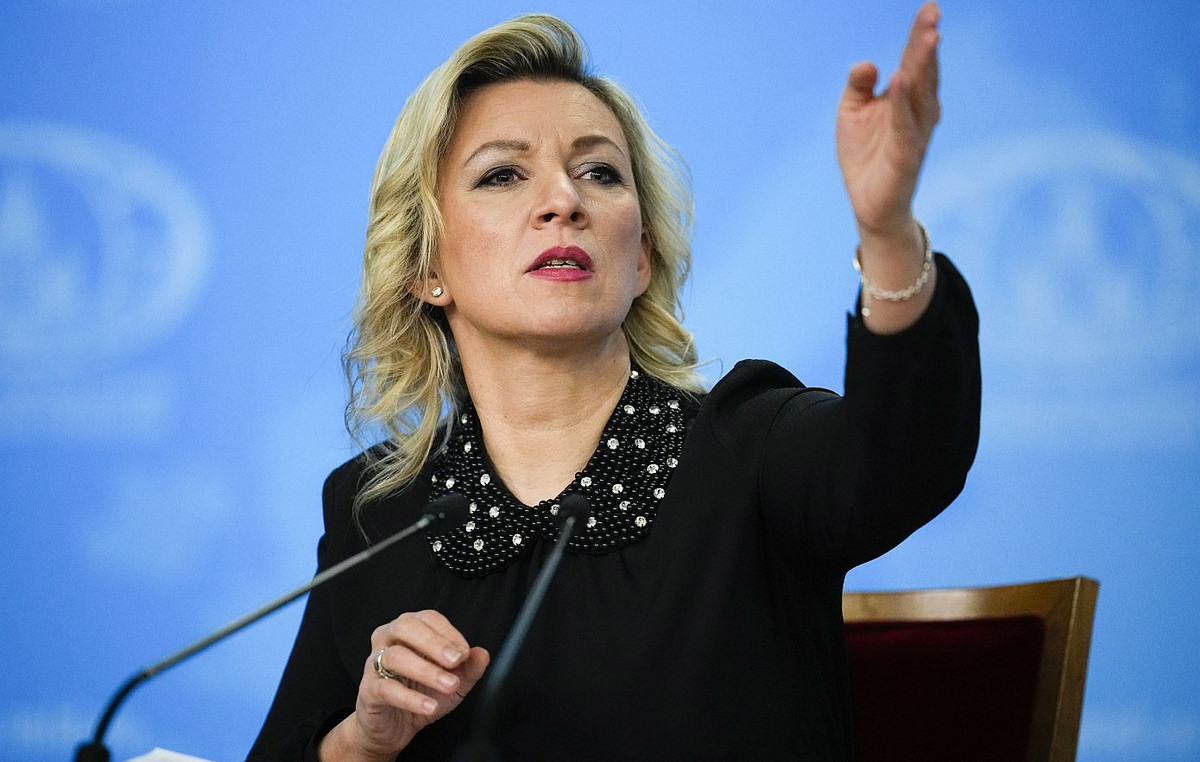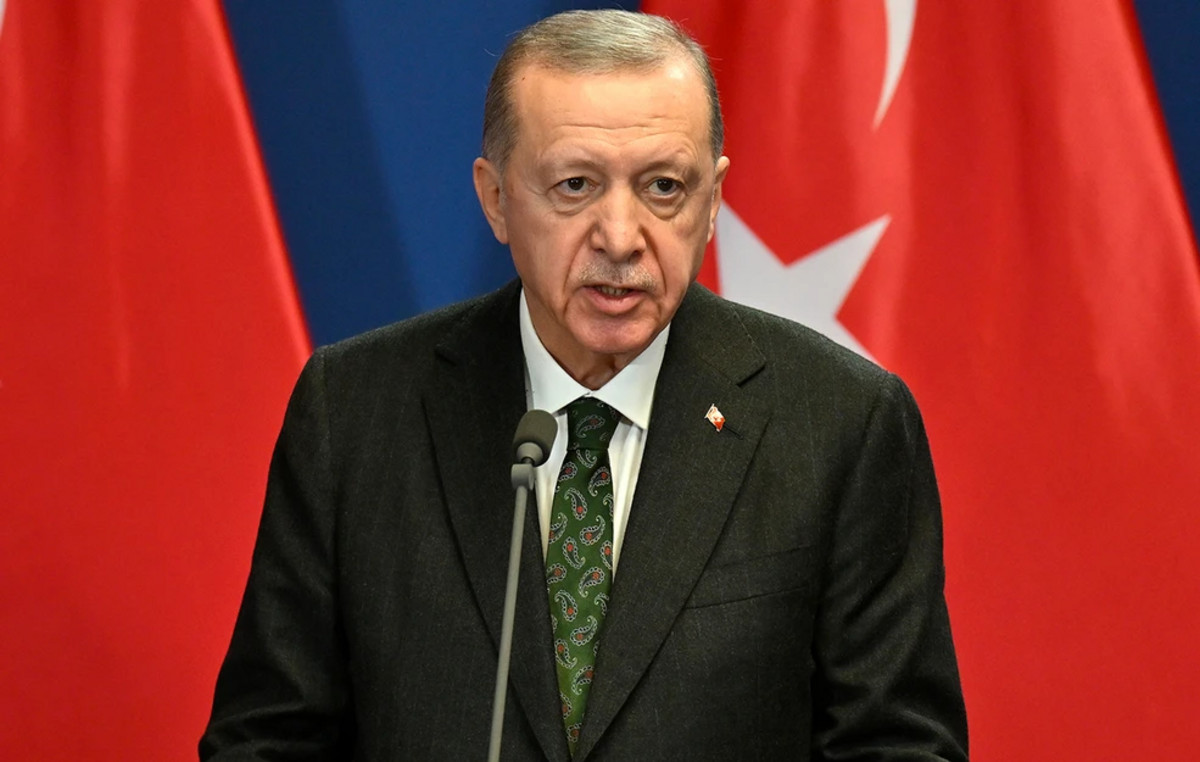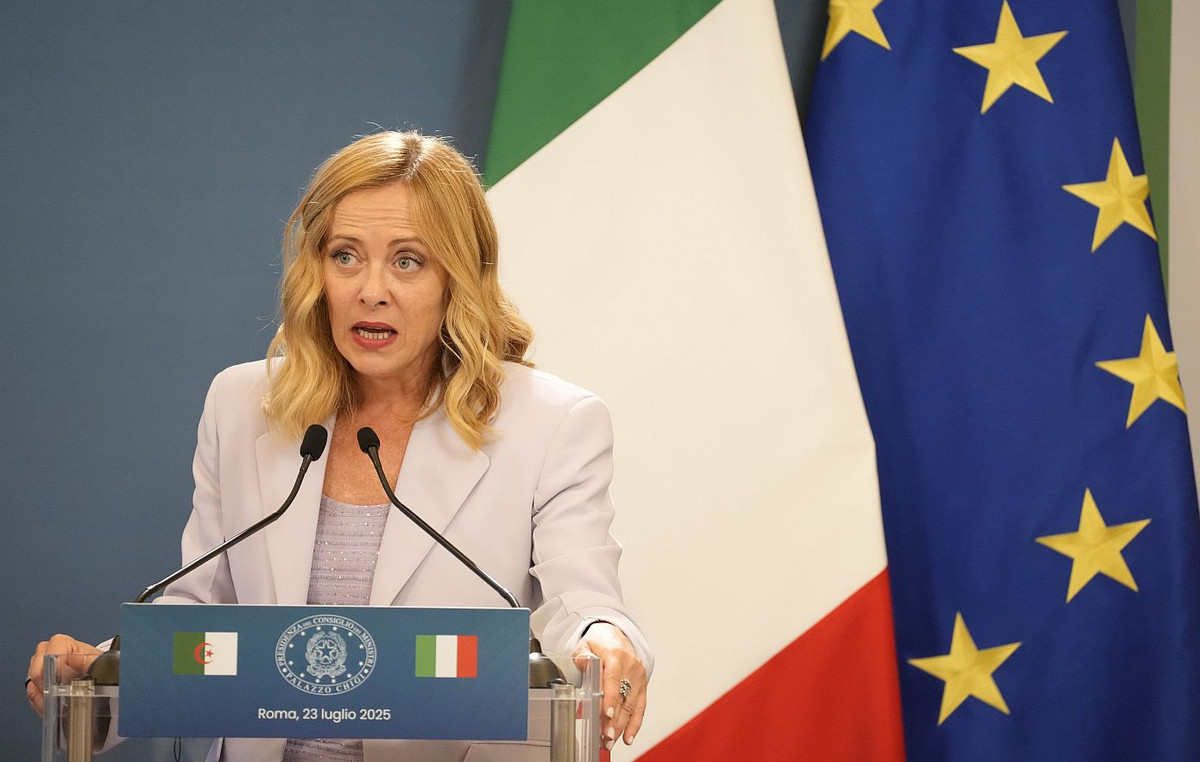- The EUR/GBP yields early profits and becomes negative after the confirmation of the tariff agreement between the US and the EU.
- This week, investors will focus on a series of EU economic data.
- Investors expect the BOE to cut interest rates next month.
The EUR/GBP pair returns its early profits and descends to about 0.8730 during the European negotiation session on Monday. The pair had a strong opening after the United States (USA) and the European Union (EU) announced that they have reached a commercial framework agreement.
Euro price today
The lower table shows the percentage of euro change (EUR) compared to the main currencies today. Euro was the weakest currency against the Swiss Franco.
| USD | EUR | GBP | JPY | CAD | Aud | NZD | CHF | |
|---|---|---|---|---|---|---|---|---|
| USD | 0.50% | 0.08% | 0.16% | 0.10% | 0.60% | 0.44% | -0.06% | |
| EUR | -0.50% | -0.45% | -0.29% | -0.41% | 0.10% | -0.06% | -0.56% | |
| GBP | -0.08% | 0.45% | -0.06% | 0.05% | 0.55% | 0.39% | -0.10% | |
| JPY | -0.16% | 0.29% | 0.06% | -0.06% | 0.39% | 0.26% | -0.08% | |
| CAD | -0.10% | 0.41% | -0.05% | 0.06% | 0.47% | 0.34% | -0.15% | |
| Aud | -0.60% | -0.10% | -0.55% | -0.39% | -0.47% | -0.15% | -0.66% | |
| NZD | -0.44% | 0.06% | -0.39% | -0.26% | -0.34% | 0.15% | -0.49% | |
| CHF | 0.06% | 0.56% | 0.10% | 0.08% | 0.15% | 0.66% | 0.49% |
The heat map shows the percentage changes of the main currencies. The base currency is selected from the left column, while the contribution currency is selected in the upper row. For example, if you choose the euro of the left column and move along the horizontal line to the US dollar, the percentage change shown in the box will represent the EUR (base)/USD (quotation).
The agreement between both sides of the Atlantic indicates that the US has imposed 15% tariffs on EU imports, which is half of what President Donald Trump threatened in the middle of the month. The confirmation of the commercial agreement between the US and the EU has undermined the fears of interruption in the global commercial flow.
Meanwhile, the agreement also shows that the EU will invest 600,000 million dollars in the USA in addition to existing expenses.
Looking ahead, investors will focus on the harmonized consumer price index (IPCA) of July and the data of the Gross Domestic Product (GDP) of the second quarter of the Eurozone and its main nations this week. Inflation and GDP data will significantly influence market expectations on the monetary policy perspective of the European Central Bank (ECB) for the rest of the year. At the policy meeting last week, the ECB maintained its key interest rates without changes.
In the United Kingdom (UK), operators are increasingly sure that the Bank of England (BOE) will reduce interest rates at 25 basic points (PB) at the policy meeting next week. BOE dovish bets have increased due to cooling conditions in the labor market.
EURO – FREQUENT QUESTIONS
The euro is the currency of the 19 countries of the European Union that belong to the Eurozone. It is the second most negotiated currency in the world, behind the US dollar. In 2022, it represented 31 % of all foreign exchange transactions, with an average daily business volume of more than 2.2 billion dollars a day. The EUR/USD is the most negotiated currency pair in the world, with an estimate of 30 %of all transactions, followed by the EUR/JPY (4 %), the EUR/GBP (3 %) and the EUR/AU (2 %).
The European Central Bank (ECB), based in Frankfurt (Germany), is the Eurozone reserve bank. The ECB establishes interest rates and manages monetary policy. The main mandate of the ECB is to maintain price stability, which means controlling inflation or stimulating growth. Its main tool is the rise or decrease in interest rates. Relatively high interest rates (or the expectation of higher types) usually benefit the euro and vice versa. The GOVERNMENT BOOK of the ECB makes decisions about monetary policy in meetings that are held eight times a year. The decisions are made by the directors of the National Banks of the Eurozone and six permanent members, including the president of the ECB, Christine Lagarde.
Eurozone inflation data, measured by the harmonized consumer prices index (IPCA), are an important economic indicator for the euro. If inflation increases more than expected, especially if it exceeds 2% of the ECB, it forces the ECB to rise interest rates to control it again. Relatively high interest rates compared to their counterparts usually benefit the euro, since they make the region more attractive as a place for global investors to deposit their money.
Published data measure the health of the economy and can have an impact on the euro. Indicators such as GDP, manufacturing and services PMIs, employment and consumer trust surveys can influence the direction of the single currency. A strong economy is good for the euro. Not only attracts more foreign investment, but it can encourage the ECB to raise interest rates, which will directly strengthen the euro. Otherwise, if economic data is weak, the euro is likely to fall. The economic data of the four largest economies in the euro zone (Germany, France, Italy and Spain) are especially significant, since they represent 75% of the economy of the euro area.
Another important fact that is published on the euro is the commercial balance. This indicator measures the difference between what a country earns with its exports and what you spend on imports during a given period. If a country produces highly demanded export products, its currency will gain value simply by the additional demand created by foreign buyers seeking to buy those goods. Therefore, a positive net trade balance strengthens a currency and vice versa in the case of a negative balance
Source: Fx Street
I am Joshua Winder, a senior-level journalist and editor at World Stock Market. I specialize in covering news related to the stock market and economic trends. With more than 8 years of experience in this field, I have become an expert in financial reporting.







